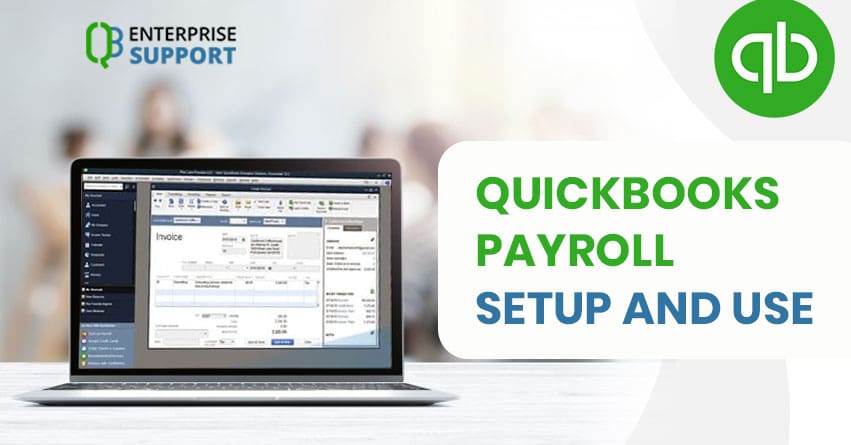Organizations that need to incorporate security into their DevOps pipelines ought to take on devices and practices that join application advancement, IT activities, QA testing, and security groups under a typical DevSecOps rubric. The objective is to make security part of the product improvement work process, with secure coding best practices and testing computerization, rather than catapulting it on later in the cycle, as has been the situation with cascade advancement models.
The best practices of DevSecOps:
While the product business commends a time of DevOps, there’s a rising drive toward taking on DevSecOps and making security a piece of programming right off the bat. Developing secure programming while at the same time keeping with the speed and scale necessities of the market is a Catch 22 for present-day IT associations. Organizations frequently face a typical arrangement of difficulties while moving from DevOps to DevSecOps, and they can be tended to by utilizing these DevSecOps best practices.
1. Automate thoughtfully:
Automation has turned into a key DevSecOps trademark in associations with profoundly mature DevOps rehearses. Around 40% of respondents in a Sonatype review of almost 2,300 IT experts before this year ran mechanized security tests all through the whole improvement lifecycle. This is rather than what occurs with cascade improvement models when mechanized security tests run not long before creation.
A developing number of test mechanization instruments with a scope of abilities has opened up for doing security investigation and testing all through the product advancement lifecycle, from source-code examination through coordination and post-sending checking. These incorporate Checkmarx, Splunk, Contrast Security, Sonatype, Tanium, InSpec, FireEye, and Metasploit.
2. Check your code dependencies
Despite growing concerns about the risks of using third-party software components, companies use more open-source software in their applications, not least according to a Black Duck Software survey conducted in early 2017.
A separate audit conducted by the company on more than 1,000 commercial applications revealed that 96% of their open source components were components. More than 6 out of 10 applications have known component security vulnerabilities, and some have been around for four years. However, only 27% of respondents said they have processes to automatically identify and track known open source software bugs.
Understanding the use of open source is key to the wider acceptance of DevSecOps practices, it is generally stated that the Cloud-driving innovation for other resources can apply companies to meet customer requirements to improve applications open for the transition from the beginning.
3. Empower groups to assemble security in
While it sounds consistent to “fabricate security in,” it’s quite difficult. One of the key difficulties that groups face is an absence of understanding and tooling or cycles to assist with incorporating security into their product. Empowering groups to accomplish this objective is essential to guarantee that they can construct secure programming.
Guaranteeing that product is secure beginnings even before composing code for it. Security exercises, for example, danger demonstrating and engineering audits can assist with making plans to arrive at the security prerequisites and controls to be executed during the product advancement life cycle (SDLC). While executing the prerequisites and controls, giving improvement groups sufficient preparation on the best way to compose secure code and fix security issues is of most extreme significance.
Guaranteeing perceivability into security weaknesses additionally makes mindfulness and truly necessary input circles in recognizing and fixing those weaknesses. For instance, one method for giving prompt criticism on the code is to utilize IDE-based scanners to recognize unstable code solidly in the designer’s workstation. Such tooling empowers designers to code safely and fixes weaknesses early.
4. Automate tools and processes
Automation is key while offsetting security combinations with speed and scale. The reception of DevOps as of now centers around mechanization, and similar remains constant for DevSecOps. Robotizing security instruments and cycles guarantees groups are following DevSecOps best practices.
Computerization guarantees that apparatuses and processes are utilized in a steady, repeatable, and dependable way. It’s vital to recognize which security exercises and cycles can be robotized and which require some manual intercession. For instance, running a SAST apparatus in a pipeline can be robotized completely; nonetheless, danger displaying and entrance testing requires manual endeavors so they can’t be computerized. The equivalent is valid for processes. Sending input to partners can be mechanized ready to go; be that as it may, security close down requires some measure of manual intercession.
5. Train your developers on stable coding:
You’ll face more than one demanding situation while adopting DevSecOps. One of the most important is getting buy-in out of your stakeholders. Development, security, and operations groups frequently perform of their silos, and feature their agendas and tasks,
6. Start early and start small
Usually, organizations or teams are starting to share in security activities and scanners in DevSecOps, they can configure rules and control rules and scanning. These breaks take both roads. The first perspective development team suddenly found a lot of security on its fronts, which is impossible to solve in full security. Second, this loss of support and adoption of developments in teams, total culture DevSecOps.
These are some of the best DevSecOps best practices to follow in the system and it has been increasing and growing steadily in its popularity. It offers the best and the most combined operations and development teams under the DevSecOps model in recent time and it makes sure that the system remains successful in releasing code at a better and faster rate.
Verdict:
An effective computerization methodology additionally relies upon the apparatuses and innovation being utilized. One of the contemplations in computerization is whether a device has an adequate number of connection points to permit its combination with different subsystems. For instance, to empower engineers to do IDE examines, search for a SAST apparatus to have support for normal IDE programming. Likewise, to incorporate a device ready to go, survey assuming the apparatus offers APIs or Webhooks or CLI interfaces that can be utilized to set off outputs and solicitation reports.







